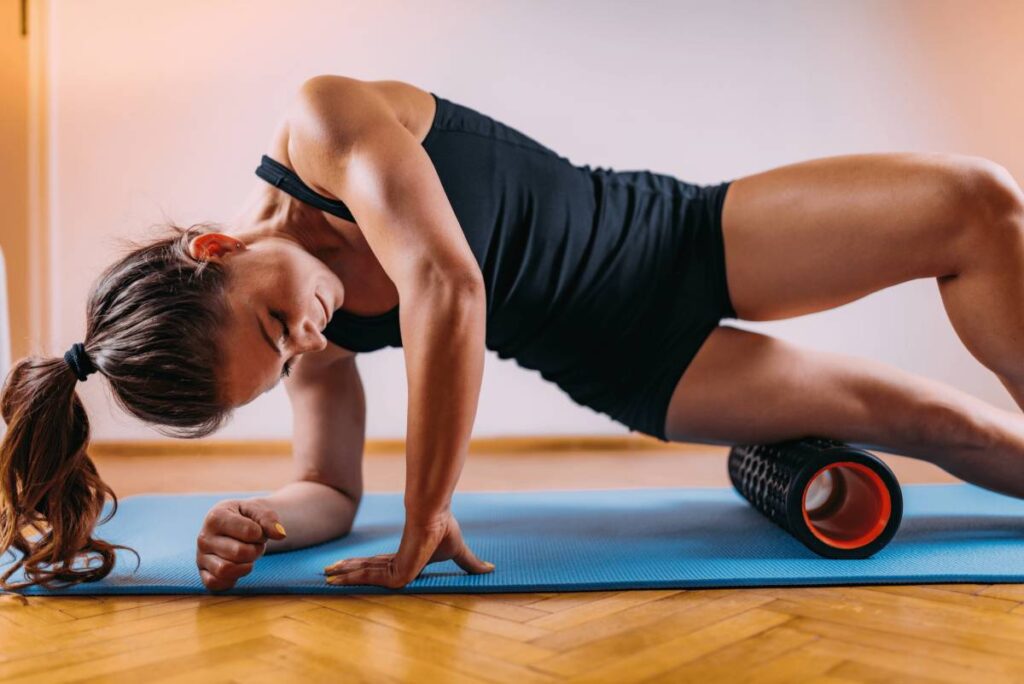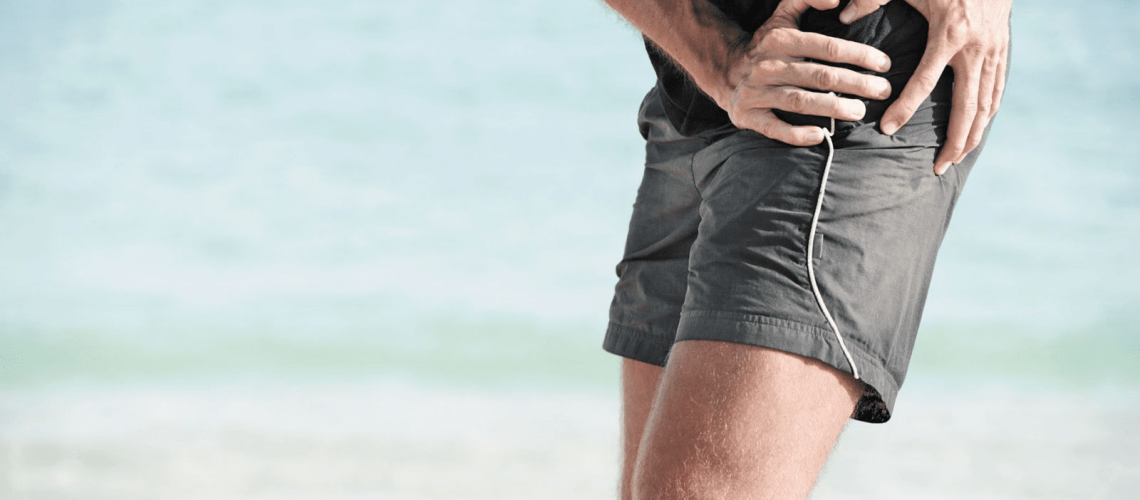FAI is a condition in many patients presenting with hip and groin pain but is often underdiagnosed. If this condition is missed and continues to cause pain for the patient, it can lead to earlier degeneration of the hip joint.
FAI is caused by a deformity of one or both structures that make up the hip joint. The hip is often described as a ‘ball and socket’ joint. The affected structures are the head and neck of the femur (ball) and the acetabulum of the pelvis (socket). These deformities prevent smooth movement of the hip due to the abnormal contact between the two structures, causing possible tears and breakdown of the cartilage lining the hip joint. Without treatment, there is a possibility that deformities can lead to early osteoarthritis of the hip.
There are three types of deformities possible in FAI syndrome:
- A pincer deformity is when there is an abnormal bony growth on the acetabulum.
- A CAM deformity is an abnormal bony growth just below the head of the femur.
- A combined deformity occurs when both the pincer and CAM deformities are present.

FAI is thought to have several factors that cause deformity. The condition may begin at birth (congenital) or develop as a child grows (acquired). It has also been found that there is an increased risk of FAI development in patients that participated in significant athletic activity as a maturing child. Sports that include repetitive hip movements (such as football, soccer and running), are high-risk activities.
Symptoms of FAI:
– Hip or groin pain related to specific movements or positions
– Pain in the thigh, buttocks or back
– Hip stiffness
– Clicking, catching or feeling of locking and ‘giving way.’
– Pain that increases with activity or prolonged sitting

Treatment of FAI:
FAI can be treated conservatively before the need for surgery. Osteopaths and Physiotherapists are a great first-line approach to assist with combating the symptoms of FAI and get you back to the activities you love doing.
After a thorough examination, your practitioner will educate you on the condition and offer advice on lifestyle and activity modification that may benefit you. Hands-on treatments, such as manual therapy and dry needling techniques, may improve the hip range of motion and decrease pain. A rehabilitation program will also be given that aims to improve hip stability, strength, range of motion and movement patterns.

